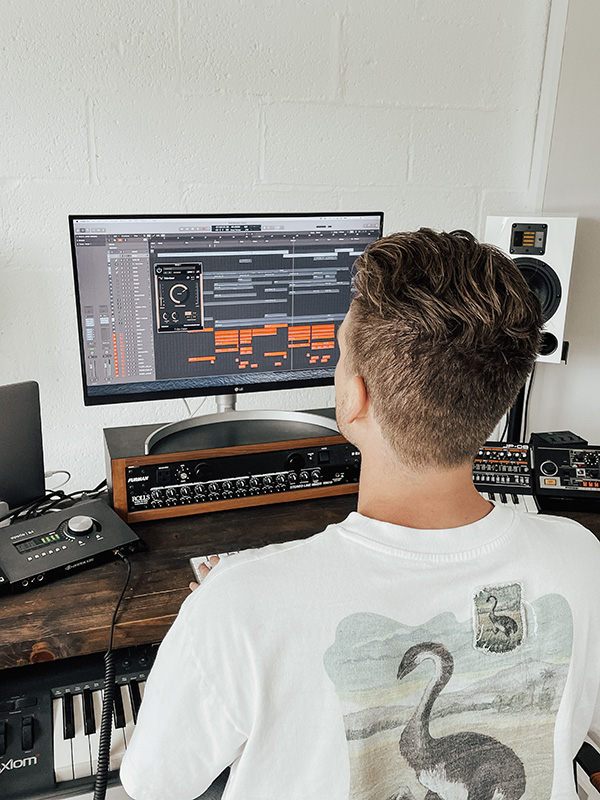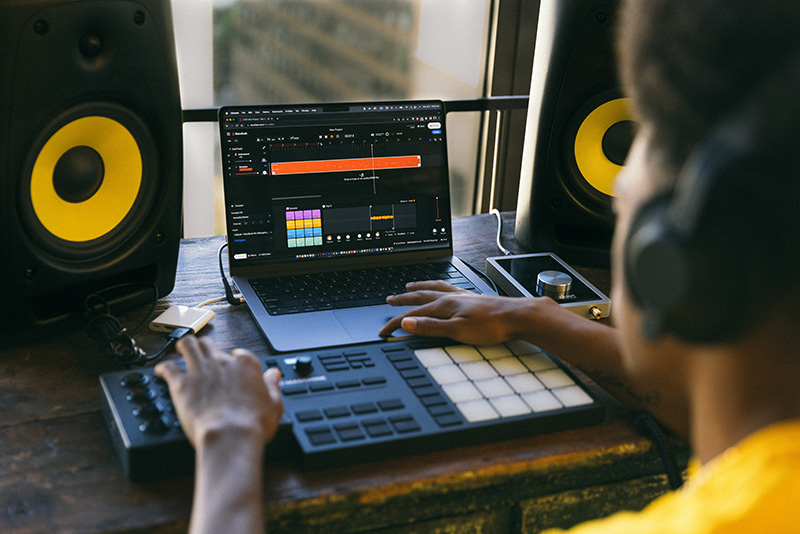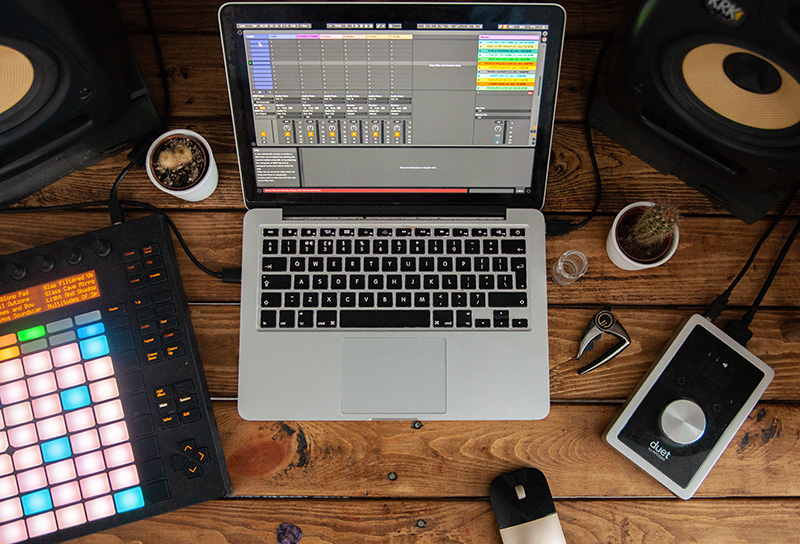Studio Essentials: Must-Have Gear for Every Music Producer Introduction: In the dynamic world of music production, having the right tools at your disposal can make all the difference in crafting professional, captivating tracks. Whether you’re just starting your journey as a music producer or you’re a seasoned pro looking to refresh your setup, having the […]
Essential Sampling Techniques for Music Production Sampling has revolutionized the way music is created, allowing producers to borrow and transform existing sounds into something entirely new. In this article, we’ll delve into the essential sampling techniques that can help you add depth, creativity, and a unique touch to your music productions. Whether you’re a […]
What You Need To Start Producing Music Music Production can be a hefty load of work especially if you are a starter. Still, it can be one of the most hilarious and rewarding feelings in the world if you root deep to the act passionately. If you are a starter, the workload and equipment cost […]



